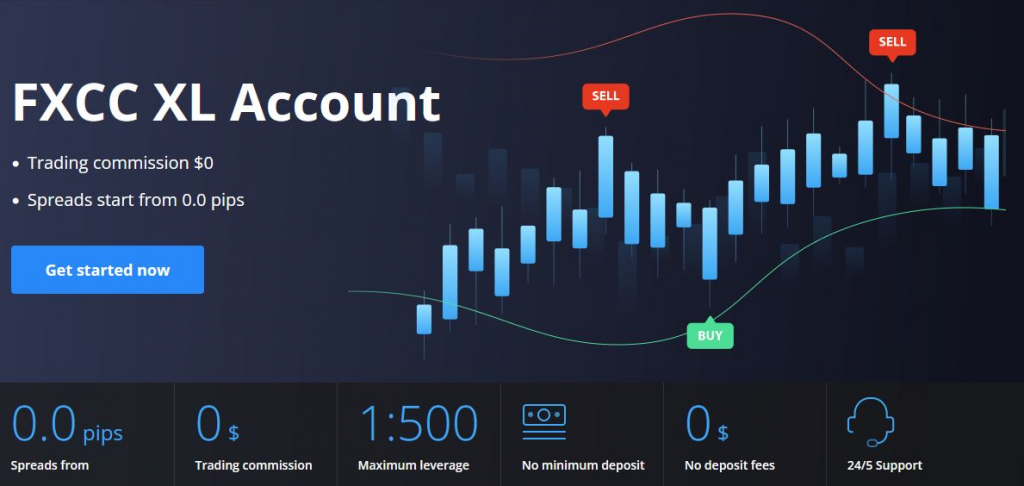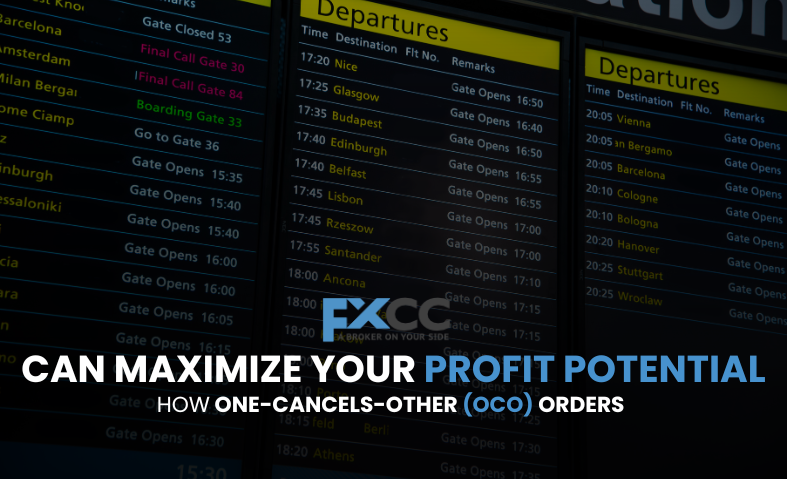In the dynamic arena of trading, the twin goals of risk management and return optimization reign supreme. While various strategies and tools exist, the One-Cancels-Other (OCO) order stands out as a powerful yet often underutilized mechanism for optimizing profit potential. By intelligently combining a profit-taking limit order with a stop-loss order, OCOs offer a structured approach to trading that can significantly enhance a trader’s efficiency and peace of mind.
Understanding the OCO Mechanism
Essentially, an OCO order functions as a linked set of instructions: fulfill one, and the other automatically becomes void. Typically, this pair consists of a limit order placed above the current market price (to lock in profits) and a stop-loss order placed below the current market price (to limit potential losses). Imagine you’ve bought shares of a company at $50. You might place an OCO order with a limit order at $55 and a stop-loss at $48. If the price reaches $55, your shares are sold for a profit, and the stop-loss order at $48 is automatically canceled. Conversely, should the price decline to $48, your shares are automatically sold to contain the loss, simultaneously nullifying the $55 limit order. This automated functionality is crucial, as it removes the need for constant market monitoring and swift manual intervention, reducing the likelihood of emotional decisions impacting your trades.

Mitigating Risk and Preserving Capital
One of the most significant advantages of using OCO orders is their inherent ability to mitigate risk. The embedded stop-loss order acts as a crucial safety net, protecting your capital from unexpected market reversals or significant price drops. Without a pre-defined exit strategy for losses, traders can often hold onto losing positions in the hope of a rebound, only to see their losses escalate. The OCO order forces disciplined risk management by pre-determining your maximum acceptable loss. This not only safeguards your capital but also frees up your mental energy from constant worry, allowing you to focus on identifying new trading opportunities rather than agonizing over existing ones.
Automating Profit Realization
While risk mitigation is vital, OCO orders also shine in their capacity to automate profit realization. The limit order component ensures that you lock in your desired gains once the market reaches your target price. This prevents the common pitfall of “greed,” where traders hold onto profitable positions for too long, only to see the market reverse and erode their gains. By setting a clear profit target with a limit order, you pre-define your exit strategy for success. This automation is particularly beneficial in volatile markets where prices can fluctuate rapidly. Instead of manually trying to time the peak, the OCO order executes your profit-taking trade precisely when your target is met, ensuring you capture those gains efficiently.
Enhancing Trading Discipline and Efficiency
Beyond risk and profit management, OCO orders significantly contribute to improved trading discipline and overall efficiency. By pre-defining both your entry and exit points for profit and loss, you eliminate the emotional biases that often plague manual trading. Fear of missing out (FOMO) or the urge to hold onto a losing trade can be detrimental; OCOs remove these temptations by enforcing a pre-planned strategy. Furthermore, the automation frees up your time. You don’t need to be glued to your screen, constantly monitoring price action. This allows traders to pursue other activities, analyze new opportunities, or even manage multiple trades simultaneously with greater ease and less stress. This hands-off approach, once the OCO is set, creates a more relaxed and systematic trading environment.
Strategic Applications and Considerations
The versatility of OCO orders extends beyond simple buy-and-sell scenarios. They can be particularly useful for swing trading, where traders aim to capture price movements over several days or weeks, and even for day trading, where quick entries and exits are common. For instance, after a significant price breakout, an OCO can be placed with a profit target at the next resistance level and a stop-loss just below the breakout point, effectively riding the momentum while protecting against a false breakout.

However, it’s crucial to consider market volatility and liquidity when setting OCO orders. In highly illiquid markets, the execution price of stop-loss orders might deviate significantly from the set price due to a lack of willing buyers or sellers. Similarly, during periods of extreme volatility, “gaps” in price can occur, causing stop-loss orders to be triggered at a price significantly worse than intended. Therefore, while OCOs are powerful, they are not a silver bullet. They require careful planning, informed target and stop-loss placement, and an understanding of prevailing market conditions.
In conclusion, the One-Cancels-Other order is an indispensable tool for any serious trader looking to maximize profit potential while simultaneously minimizing risk. By automating both profit-taking and loss-limiting actions, OCOs foster disciplined trading, enhance efficiency, and ultimately contribute to a more systematic and successful trading journey. Integrating OCOs into your trading strategy can be a game-changer, transforming how you approach the markets and empowering you to navigate their complexities with greater confidence and control.


